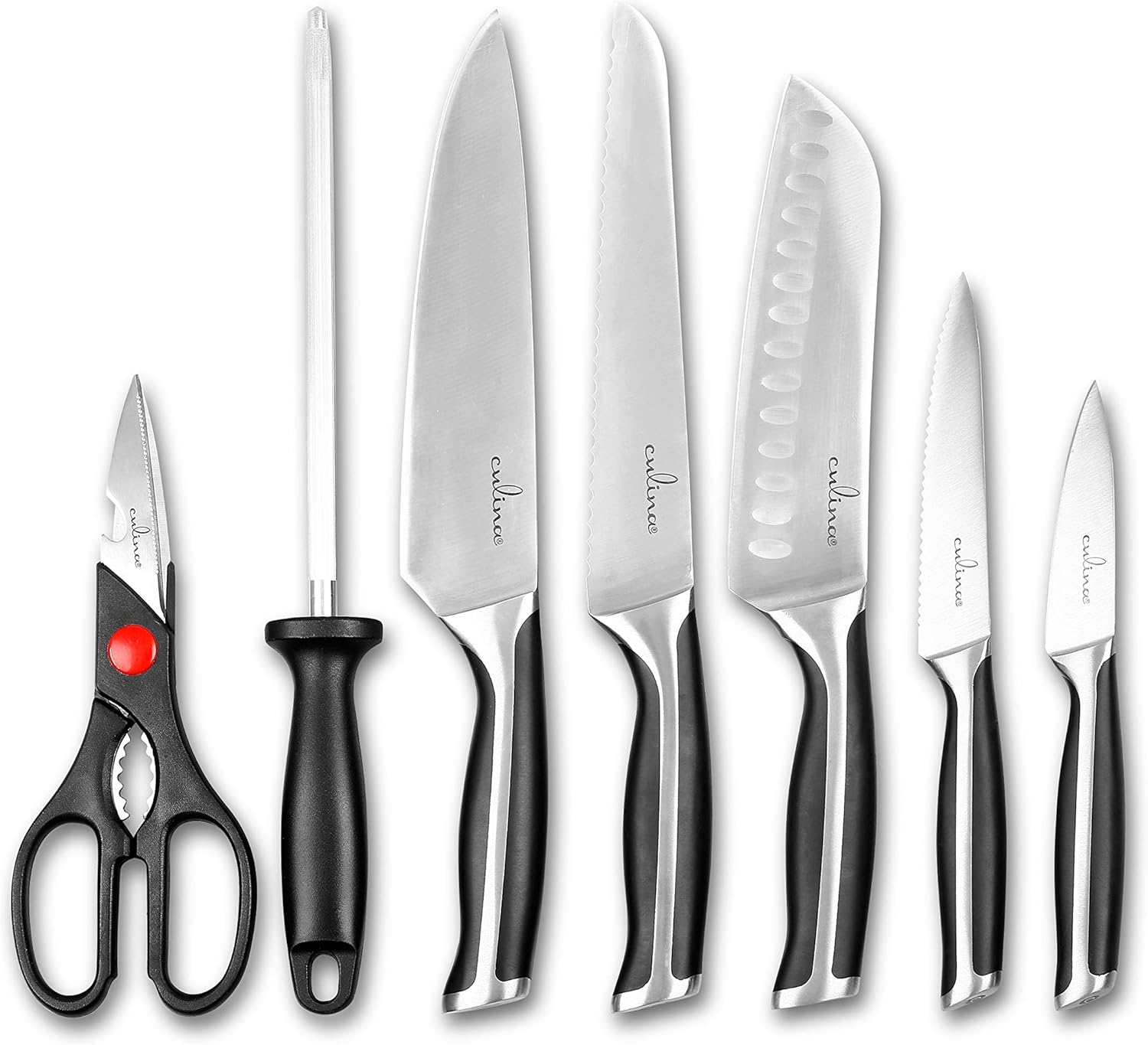With the holiday season approaching, a common question is: how to cut a turkey with an electric knife? Carving a turkey can be intimidating, but the electric knife has revolutionized this task, making it quicker and easier. We're excited to guide you through this process so that your holiday carving is as seamless as it is enjoyable.

Why Choose an Electric Knife?
First and foremost, let's explore the incredible advantages of using an electric knife. Whether you're a home cook or a professional chef, an electric knife provides unmatched precision and speed compared to traditional carving sets. Its motorized oscillation technology delivers smooth and even cuts, ensuring your holiday bird looks perfect on the table.
Preparation is Key
Before you start slicing, a little preparation goes a long way. Ensure your electric knife is charged or has fresh batteries. Gather essential tools such as a carving board, carving forks, and a sturdy pair of kitchen scissors. Allow your turkey to rest after cooking to retain its juices, ensuring moist and flavorful meat.

Steps to Cut a Turkey with an Electric Knife
Now, let's dive into the main event: how to cut a turkey with an electric knife. Follow these steps for perfect, hassle-free carving:
Step 1: Position the Bird
Place your cooked turkey on a stable carving board. Ideally, use a board with a moat to catch any escaping juices.
Step 2: Remove the Legs and Thighs
Using your electric knife, cut through the skin between the leg and breast until you hit the joint. Twist the leg slightly to expose the joint for easier cutting. Repeat on the other side.
Step 3: Carve the Breast
Make a horizontal cut just above the wings. Then, slice from the top of the breast, following the rib cage's curve. Keep slicing into even, 1/2-inch pieces. Move to the other side and repeat.
Step 4: Wings and Drumsticks
Separate the wings similarly to the legs. Twist at the joints to find the separation points, and gently cut through with your electric knife. Leave drumsticks whole or slice them like the thighs, depending on your preference.

Pro Tips for Perfect Cuts
Here are some essential tips from professional chefs to make the most of your electric knife:
- Keep it Steady: Let the electric knife do the work. Apply gentle pressure and let the blade glide through the meat.
- Sharpen Regularly: Like traditional knives, electric knife blades need regular sharpening for optimal performance.
- Avoid Bones: While electric knives can handle minor bones, avoid hard bones to maintain blade longevity.
Cleaning and Maintenance
Proper maintenance extends the life of your electric knife. Follow these steps:
- Unplug: Always unplug the knife before cleaning.
- Disassemble: Remove the blades from the handle.
- Handwash: Clean the blades with warm water and mild detergent. Avoid dishwashers unless the manufacturer specifies.
- Dry: Thoroughly dry the blades to prevent rust.
- Store Safely: Store the blades in protective covers or a safe compartment.
Frequently Asked Questions (FAQ)
1. Is an electric knife necessary for cutting a turkey?
While not essential, an electric knife simplifies the process and provides cleaner, more precise cuts.
2. Can I use an electric knife on other meats?
Absolutely. An electric knife is versatile and can handle various meats, making it a valuable tool for any kitchen.
3. What should I do if my electric knife stops working?
First, ensure it's properly plugged in or that the batteries are functional. If problems persist, consult the manufacturer's troubleshooting guide or consider replacing it.
For more information, check out this guide on safe kitchen practices.
For more guides, see also our articles on kitchen scissors, Chefman electric knife, and Henckels knives.
As an Amazon Associate, I earn from qualifying purchases.


























